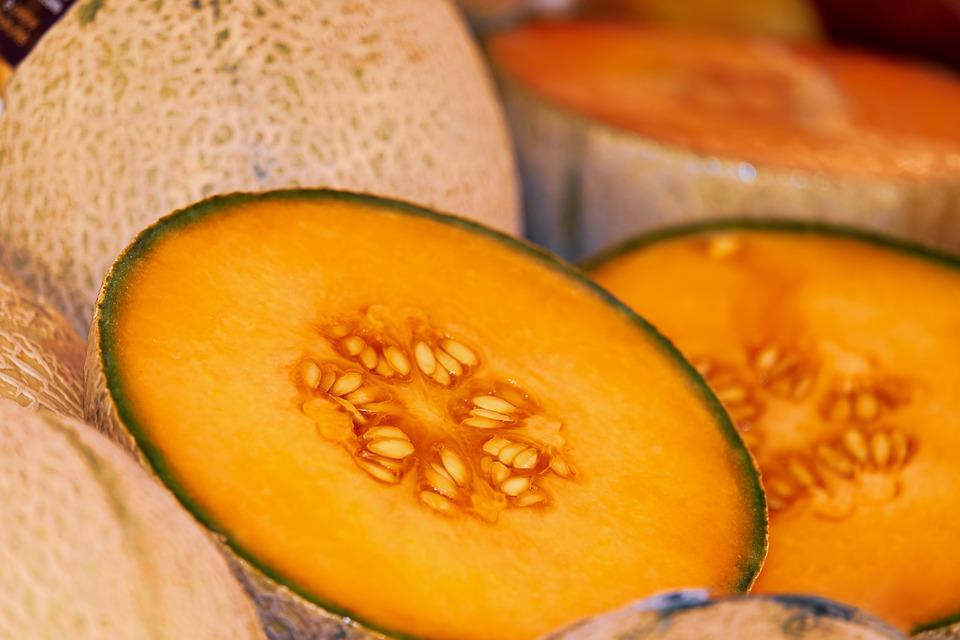



Article by: Hari Yellina
According to a top Australian horticultural, protected cropping may provide a specific niche supply of high-quality melons from North Queensland for export in the future. Dr. Elio Jovicich of the Queensland Department of Agriculture and Fisheries (DAF) has been working on various initiatives in the tropical regions involving specialised melons and greenhouse production, and he observes that premium niche melons in Asia can command very high prices. “Japan certainly has the most different types of melons,” he says. “Melons from Central America, such as Mexico, Honduras, and Guatemala, range in price from $5 to $300-$500 apiece, but they are very distinct products.” One is a gift melon, which is used to express gratitude to someone.
They are of excellent quality, but they are also subject to origin designations, which means that the melons come from a specific place, from a particular producer, and were grown in a specified manner. Our query was whether we could grow something similar in North Queensland and export it there. We’re definitely not going to attempt for those prices, but even if we can acquire them for $30-$40 each, it’ll make sense from a commercial standpoint.” Growing melons in North Queensland and shipping them to Hong Kong, Japan, and Singapore was one of DAF’s projects, and research participants travelled to the nations to inspect quality and try to sell the fruit to purchasers.
We were looking for fruit with a high Brix level of 13-16, as a typical rock melon only has around 8-10 Brix. We also wanted our crops’ fruit to have low variability; we wanted fruit taken at the same time to have the same Brix level. We studied genetics, environmental circumstances, the type of structure we would employ, and agronomy, such as pruning timing and how to deal with pollination.” He went on to say that shielded cropping is ideal for growing melons since the canopy stays dry, more plants per square metre can be produced, harvesting can be done at the same time, and in northern regions up to four crops can be grown per year with equal quality.
He added, “The fruit is also shielded from the wind and parasites, as well as some diseases.” “You may also remove each fruit and place it straight in the box with a little care because the melons are hanging.” As a result, you will not be touching or throwing the fruit as roughly as you would in the field, reducing the chances of bruising and decay. To give you an idea, you can get up to two fruits on a plant with little quality change; the entire crop lasts 75-85 days; the level of first-class fruit is between 70-90 per cent, and you can play around with the density in terms of size and weight, but you can expect to get 1.2-2.5 kg per piece of fruit.” Trials have also been carried out with the Port of Townsville, using refrigerated containers, to assess the effects of cold storage on fruit quality and shelf life of melons.